Let’s cut straight to the point. If you make no effort to connect, intract, or engage with your listeners, it’s virtually impossible for your podcast to succeed.
The only podcasters that can get away without interacting with listeners are celebrities. So unless you’re lucky enough to fall into that category, listener engagement should be one of your top priorities if you’re serious about growing your audience.
Don’t focus on acquiring new listeners and neglect those you already have.
Yes, the content of your show matters. You won’t have any listeners to engage with in the first place if it doesn’t resonate. But it’s all too easy to get caught up on planning and promoting your latest episodes. And as a result, you can end up neglecting those that already tune into your podcast on a regular basis.
It’s understandably frustrating when your latest episodes don’t get as many downloads as you’d like. But it’s important to not to lose sight of the fact that every single unique download represents a real person who has taken time out of their day to listen to what you have to say. Don’t take it for granted.
If you go above and beyond to build relationships and deliver value to your core group of loyal listeners, they’ll become the driving force that helps your podcast grow. They’ll listen to every single episode. They’ll post about it on social media. And most importantly, they’ll tell their friends to check it out.
In this post we’ll cover a list of effective listener engagement strategies you can use to connect with your audience. We spoke to 5 different podcasting experts on the subject, and they offered advice on a range of topics including:
- Building a listener community
- Answering emails, messages, and DMs
- Featuring listener questions in episodes
- Hosting ‘Ask Me Anything’ sessions
- Live streaming podcast episodes
- Organising live in-person podcast events
Turning Podcast Listeners Into a True Community
To create someone’s favourite podcast, you’re not just trying to capture their attention for a bit of time. Instead, you want to invite them to go on a collective journey with you for an extended period of time.
Part of the magic that happens when a listener finds a favorite show is their implicit inauguration into an invisible community of people who also consider this show their favorite. And building that kind of passionate community requires that you go out of your way to regularly engage your audience.
Sal Di Stefano hosts Mind Pump, one of the most popular health and fitness podcasts in the world. From humble beginnings in 2014, the show now brings in more than a million downloads every month. Commenting on how to create a true community of listeners, he said:
“If I owned a brick-and-mortar store and had 500 people walk in over the course of a day, that would be incredible. I’d do my best to spend some time with every single person that came in. I’d talk to them, take an interest, and ask questions.
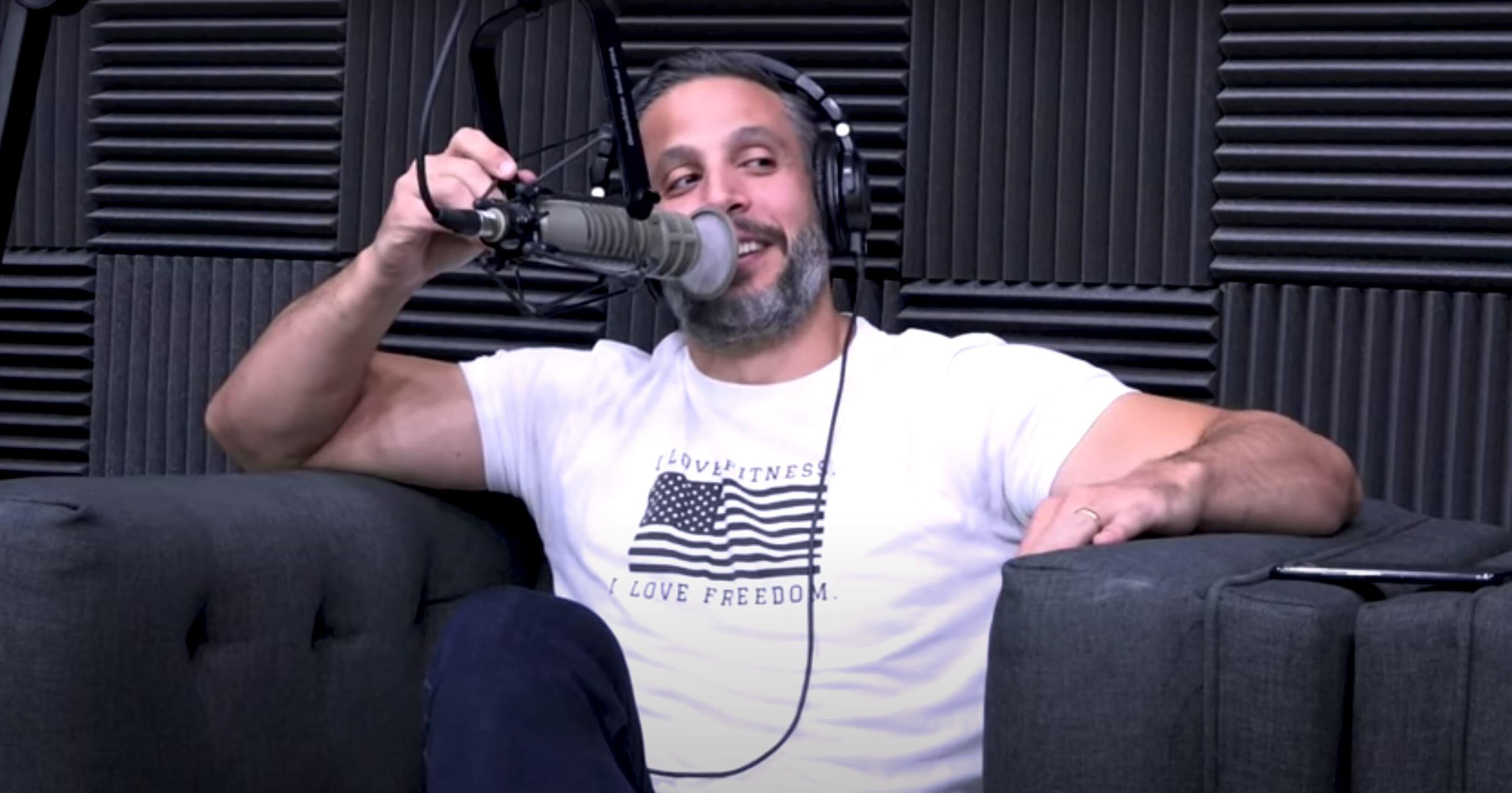
“But when it comes to podcasting, people are disheartened when their latest episode only gets 500 downloads. You need to stop exclusively chasing growth and take good care of the fans you already have. Cater to them and give them tons of value. The show will grow naturally as a result if you do that.”
Once you’ve got an audience, no matter the size, go out of your way to look after them. Shows that are adept at engaging their communities take frequent opportunities to remind their listeners that they are part of a community. And they do so by relying on some of the strategies outlined below.
For more on how to produce a podcast that builds trust, credibility, and audience loyalty, you can check out our full conversation with Sal here:
Responding to Messages & Emails
First of all, make it easy for listeners to be able to contact you. Most podcasters point listeners towards their social channels or to a dedicated email address for the show. Let people know the details in your episode intros, and include them in your episode descriptions as well.
Responding to messages is one of the most effective ways to earn listener loyalty.
When you are just starting out it's important to actively encourage listeners to get in touch. But as your audience grows, you’ll naturally start receiving more messages and emails. Don’t let them pile up. Try your best to stay on top of them. Not only is replying to messages one of the best ways of earning listener loyalty, it’s also just good manners. Nobody likes to feel like they’ve been ignored.
Daniele Bolleli hosts both The Drunken Taoist and History on Fire, the latter of which was nominated as one of iTunes Best Podcasts of 2015. Over the years, Danielle has gone out of his way to respond to as many listener messages as he can. He outlined his process for replying as efficiently as possible:
“It’s genuinely sad when somebody takes the time to reach out and you don’t reply. It feels ugly to me. I understand if you get too much then it's simply not possible. But as much as humanly possible I would like to avoid that. To make the task less overwhelming, I discipline myself by setting a time limit on it. Each day, I respond to as many messages as I can within a 30 minute window and pick up where I left off the next day.”
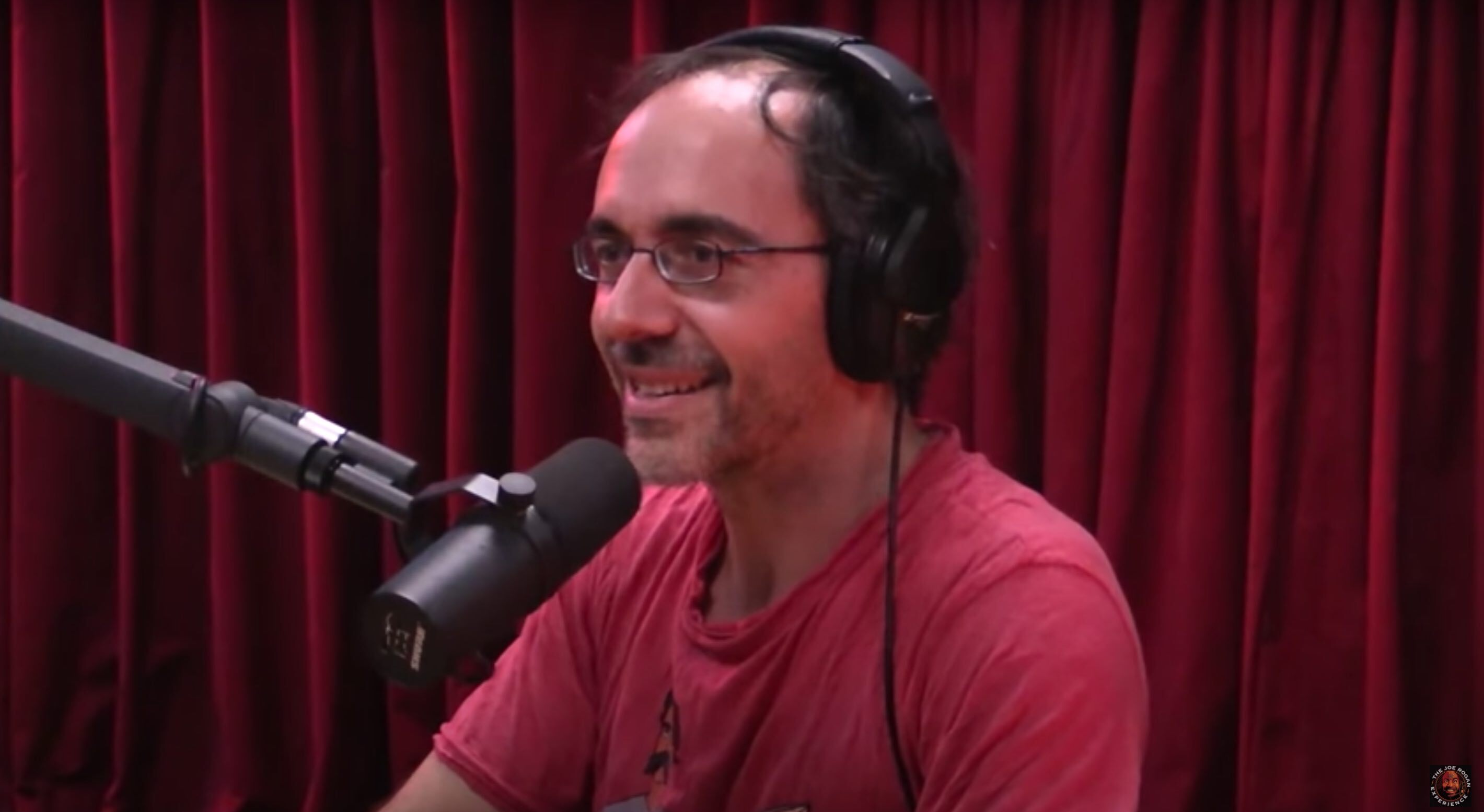
Chances are, you’re probably not receiving as many messages as Daniele. So you don’t need to set aside 30 minutes a day for it. But the principle still applies. Make an effort to carve out some time in your usual routine to respond to listener messages. You don’t have to respond with entire paragraphs. In most cases a few words or sentences is more than enough. People just like to know their voice is acknowledged and valued.
A final point on this subject - don’t feel obliged to go back and forth endlessly with a listener on an email thread or instant messaging service. Doing so would make it impossible to get back to everyone else. If their initial message has been replied to, most listeners will understand if you’re unable to have a full conversation.
“Ask Me Anything” Sessions
In addition to replying to messages, many podcasters also run regular ‘Ask Me Anything’ (AMA) sessions to connect with listeners and answer any questions they might have.
Conveniently, Instagram have added AMAs as an option on their Stories feature. The process is simple - post on your story and give listeners the option to submit questions directly. Each question you respond to is then added to your story for all other listeners to see. If you need a quick rundown on the technicalities, check out the video below:
Of course, there are plenty of other options for hosting AMAs - in Facebook Groups, AMA Live Streams, on Discord servers etc. But in our experience, Instagram Stories offers the most effective and efficient way of running these sessions.
Tip: Stories disappear in 24 hours. If you’d like your Instagram AMA session to remain visible for longer, you can pin it to your story highlights on your profile for as long as you like.
AMAs can work well for all types of podcasts, but they are especially relevant for educational or informative shows. If you want to help your listeners learn from your podcast, they’ll inevitably have questions along the way. By answering them in an AMA, you’re significantly increasing the value they get from your show, making it more likely they’ll become a dedicated fan.
Answering Listener Questions During Episodes
Responding to listener questions during your episodes makes your audience feel connected and involved in the show itself. Again, this is most applicable to educational / informative shows. But it can work well for most other formats too.
Including listener questions in your episodes helps you connect with your audience AND record better content.
It’s also a way of guaranteeing the content you produce will resonate with your audience. You’re not creating what you think people might want to hear. You’re covering topics you know they’re interested in. So this listener engagement strategy can actually help you record better content as well. A win win.
There are two main ways you can approach this. You can add in a regular segment e.g. answering a few listener questions at the beginning or end of your episodes. Alternatively, you can produce entire episodes solely focused on answering listener questions.
This is something Sal and the rest of the Mind Pump team have been doing for years. Listener questions form an integral part of their content strategy. For years, they’ve been publishing Q&A episodes in which they respond to a hand-picked collection of 4 or 5 listener questions.
These questions then form the basis of the episode title, and they’re also clearly listed in each episode description along with timestamps, so listeners can skip to the questions most relevant to them. This is definitely an approach worth replicating if you feel it would work well for your show too.
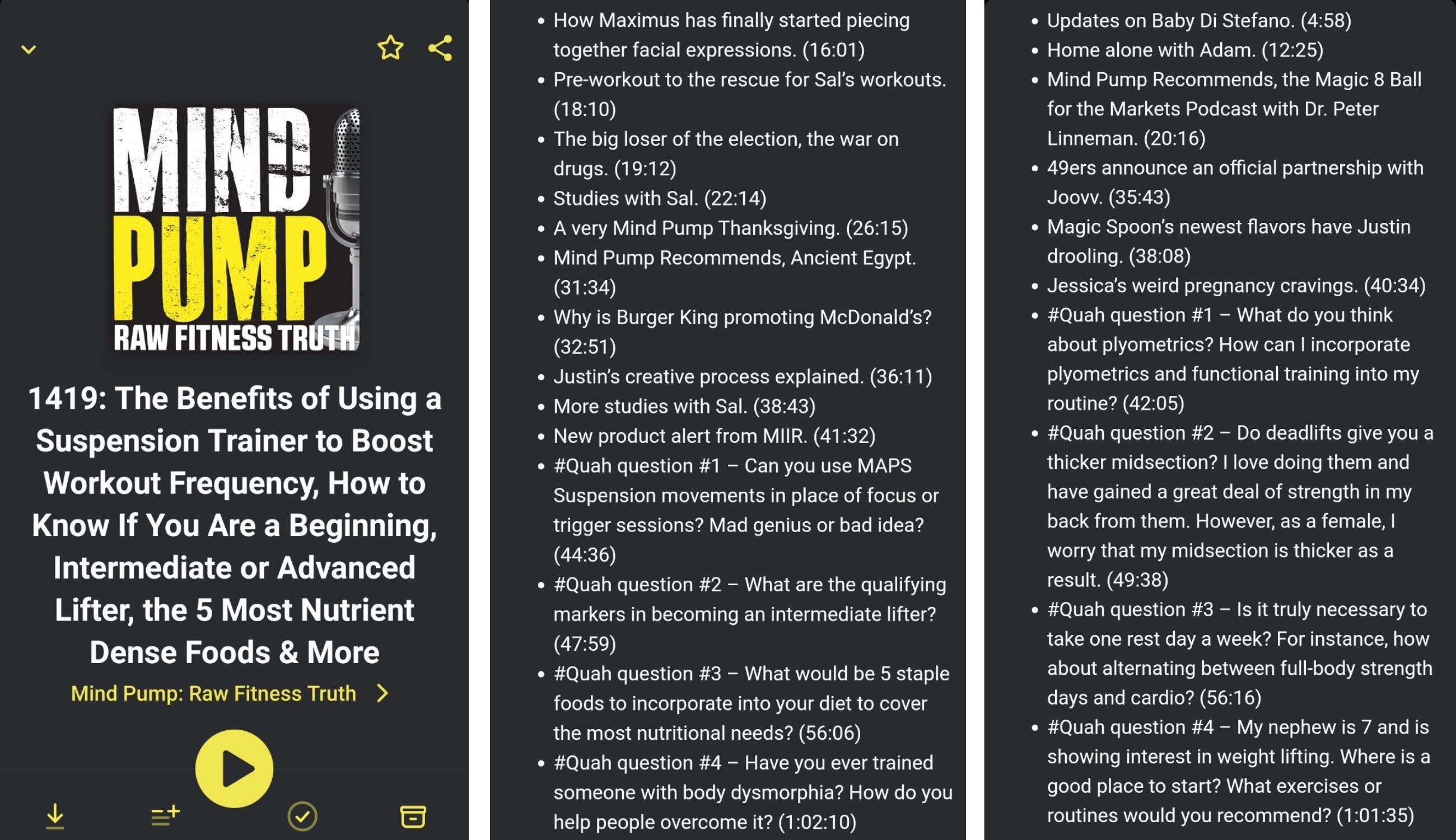
Hosting Live Stream Episodes
Another way of directly involving your audience in your episode content is to run live streams. Getting that instant feedback and live interaction can really build community and drive your show forward.
While not for everyone, this strategy definitely works. It’s a personal favourite of podcasting veteran Colin Gray. Colin founded The Podcast Host website in 2011, which is now one of the biggest and most authoritative podcasting blogs on the web. Here’s his advice on running podcast live streams:
“One thing to keep in mind is that good live content is not the same as good evergreen content. Live content requires a high level of interaction with the people who are watching. But that’s unlikely to be of much interest to listeners who tune in later on-demand. So I’ve come up with a live stream process for recording good evergreen content while also engaging the audience during the session.
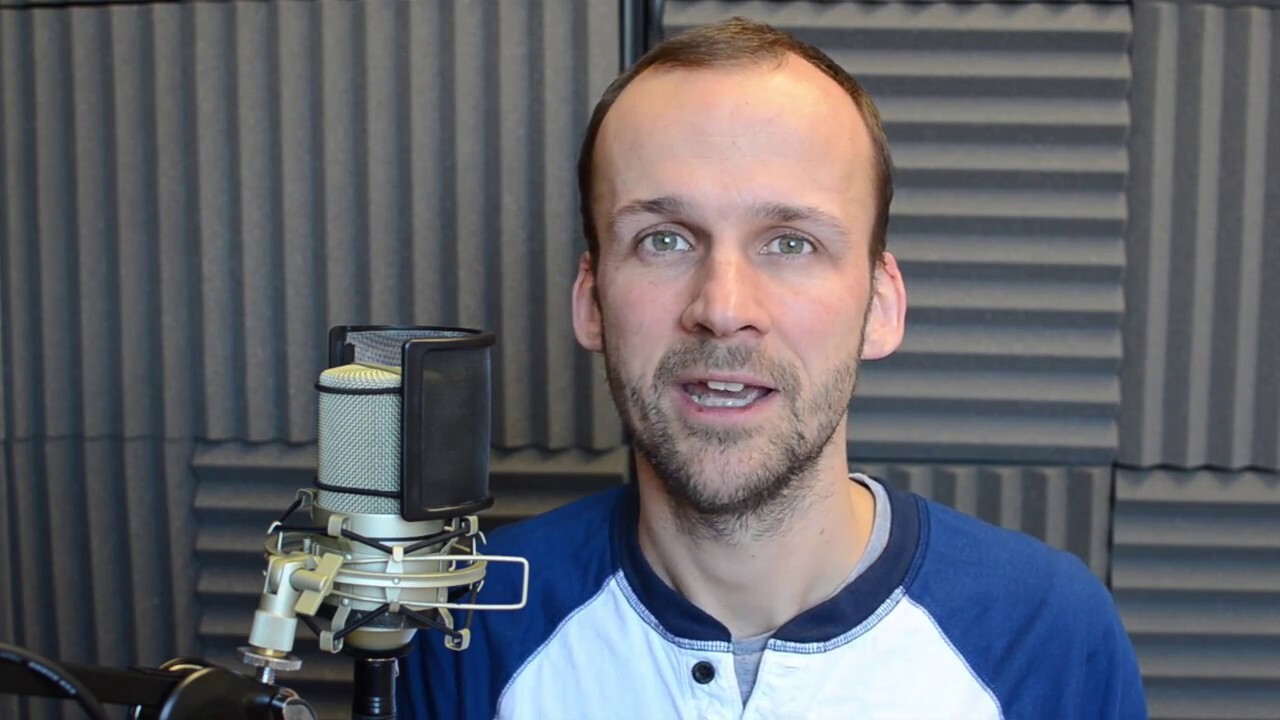
“What I usually do is pick a subject for the live stream in advance to let listeners know what the focus will be e.g. ‘The 3 best ways to promote your podcast’. At the beginning of the session I welcome people in and have a chat with them. Once most have arrived, I then deliver my prepared content for 15 to 20 minutes. Before I start, I let people know I won’t be answering questions while presenting the content itself, but there will be time for Q&A at the end.
“This means I can clip the beginning and end portions of the recording and upload the middle content portion to my main podcast feed for on-demand listeners. This makes things much more efficient - it’s a way of recording good evergreen content while simultaneously engaging your audience.”
With tools like Facebook, LinkedIn, and Instagram Live, it’s now easier than ever to replicate Colin’s process for your own show. You may even find that the feeling of being “on-air” motivates and energizes you during the recording, which in turn can lead to better content.
It’s important to note that live streams aren’t a good option if your show is still in its early stages. You need to have a solid grasp of the fundamentals first, and you also need to build your core audience that's going to actually turn up when you decide to go live.
Hosting In-Person Events
You’ll probably have to wait until the COVID vaccine has arrived before you can host an in-person event for your podcast. But the good news is, that gives you some time to plan.
A live podcast event gives listeners the chance to see you perform and even influence a show they love. It brings a community of like-minded fans together, giving you the opportunity to forge a deeper connection with them. And if listeners have a great time, you can pretty much guarantee they’ll tell others about it.
Hishem Azzouz is founder of Azzouz Branding and host of The Recruitment Rollercoaster Podcast - which brings to life the successes, failures, and wisdom of some of the world's best recruiters through open and honest conversation. Last year, he spoke to us about hosting his first live event.
“I’d been running my podcast for 19 months before hosting my first event in November 2019. I always loved the idea of getting the people who listened to my podcast together in a room. Online interactions are great, but you can’t beat looking another person in the eye and having a real conversation. Most people have a desire to be surrounded by like-minded people, so organising the event turned out to be easier than I expected.
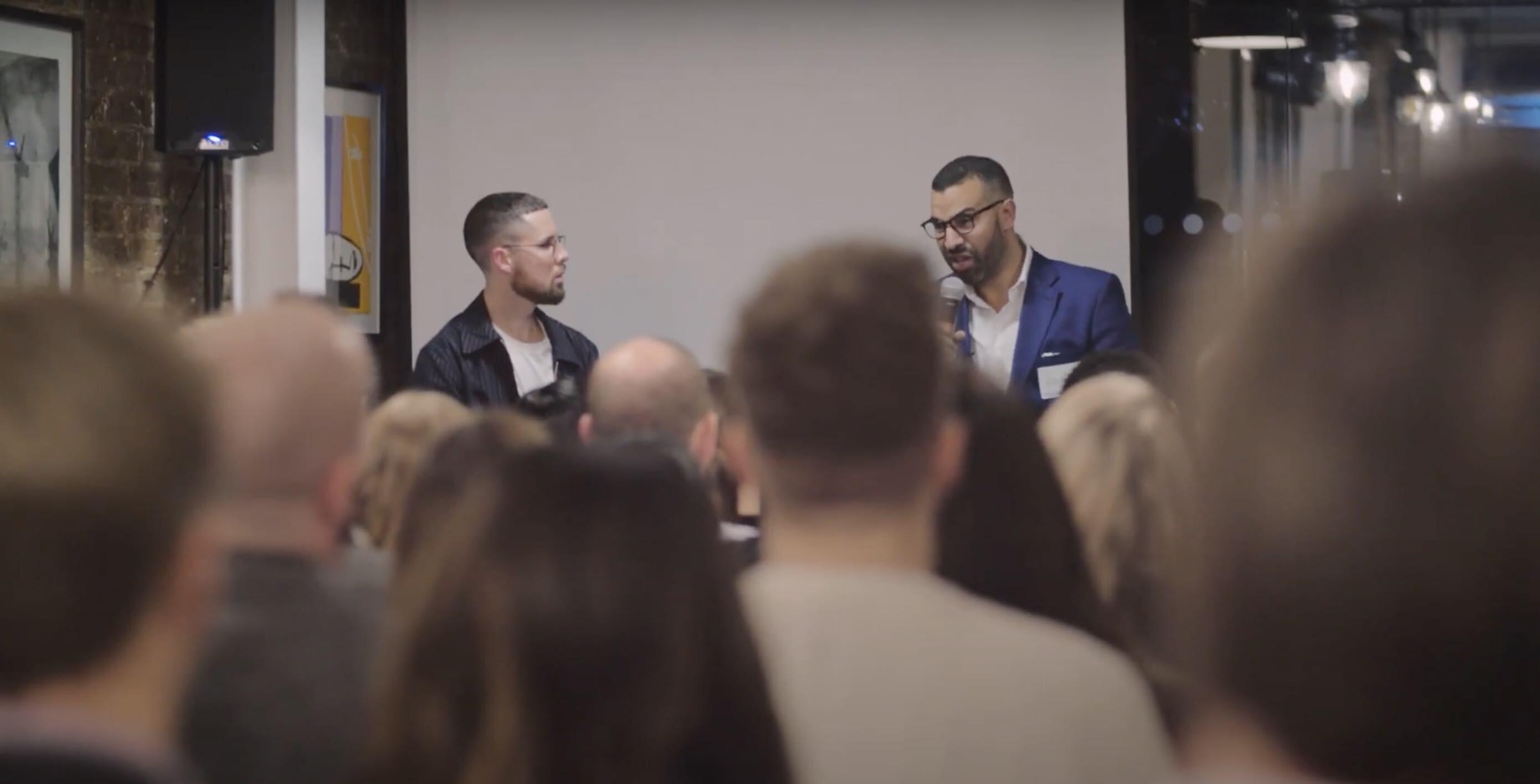
“The first thing I did was float the idea to my LinkedIn network to gauge interest first. Before I committed to anything I wanted to test the water and check the demand was actually there. I got plenty of positive responses, so I felt confident going ahead. I then booked a venue online that could fit 60 people.
“To organise the event content, I reached out to the three most popular previous guests on my podcast and invited them to join me on the panel for a live discussion. Thankfully they all accepted. Next, I made a free Eventbrite page listing the date, venue, and a link to purchase tickets. The ticket cost was purely to cover the cost of the venue hire. What completely blew me away was that the event sold out in 2 days.”
Below you check out a testimonial from an attendee of Hishem’s first event. Her comments really help to highlight the power of hosting in-person events.
Vanessa Kanbi is a YouTuber and host of the Magnificent Mothers podcast, where she interviews Mums who have overcome challenging circumstances and have inspirational stories and advice to offer others. Like Hishem, she also hosted her own live event and found it to be a great success.
“The feedback was overwhelmingly positive. Everyone said how nice it was to connect with like-minded people. Some of my listeners had been talking to each other on Instagram for months or years without ever actually meeting in person. So it was nice to do something that brought people together.
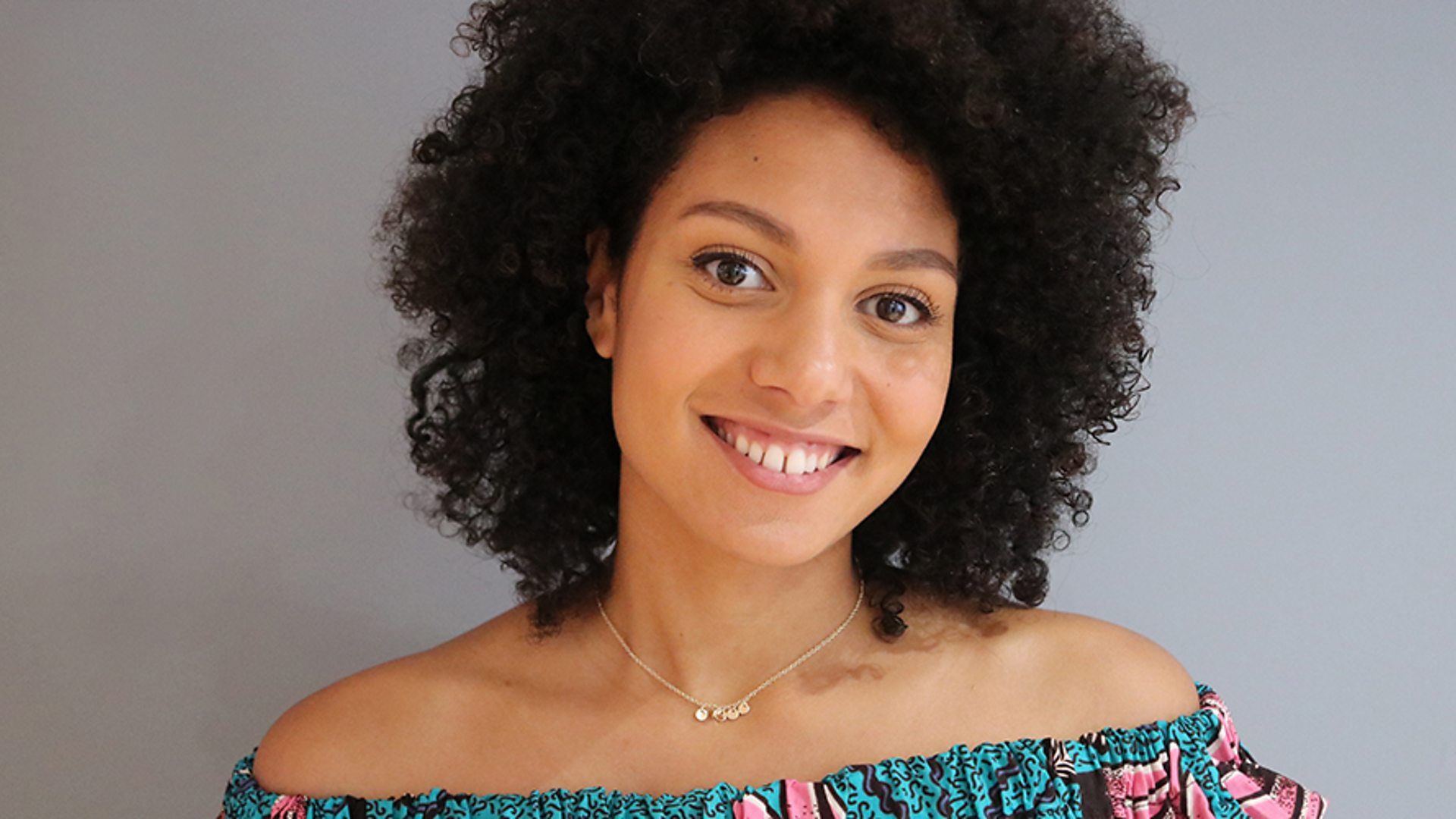
“If I’m honest, I was very nervous the night before. I was really worried people wouldn’t turn up or something major would go wrong during the event. Thankfully things went smoothly! And having the chance to connect with my audience in person made it all worth it.”
If you’ve been running your show for more than a year and you’ve built up a solid core audience, hosting an in-person event is seriously worth considering. Obviously there is some risk involved and you need to make sure you’re able to cover your costs. But if the demand is there, it’s worth a shot. It may be the key that helps take your show to the next level.
Conclusion
You don’t need to follow every single engagement strategy outlined above. Some approaches might be more appealing to you than others, and that’s ok. The important thing is to go out of your way to connect with your listening audience - whether it’s through responding to emails, hosting AMAs, or running live events.
If you reach out in a positive way, and reward those who do likewise, you build community. And that in turn will help your show to grow. Remember, never take your existing audience for granted. They’re your key to success.









